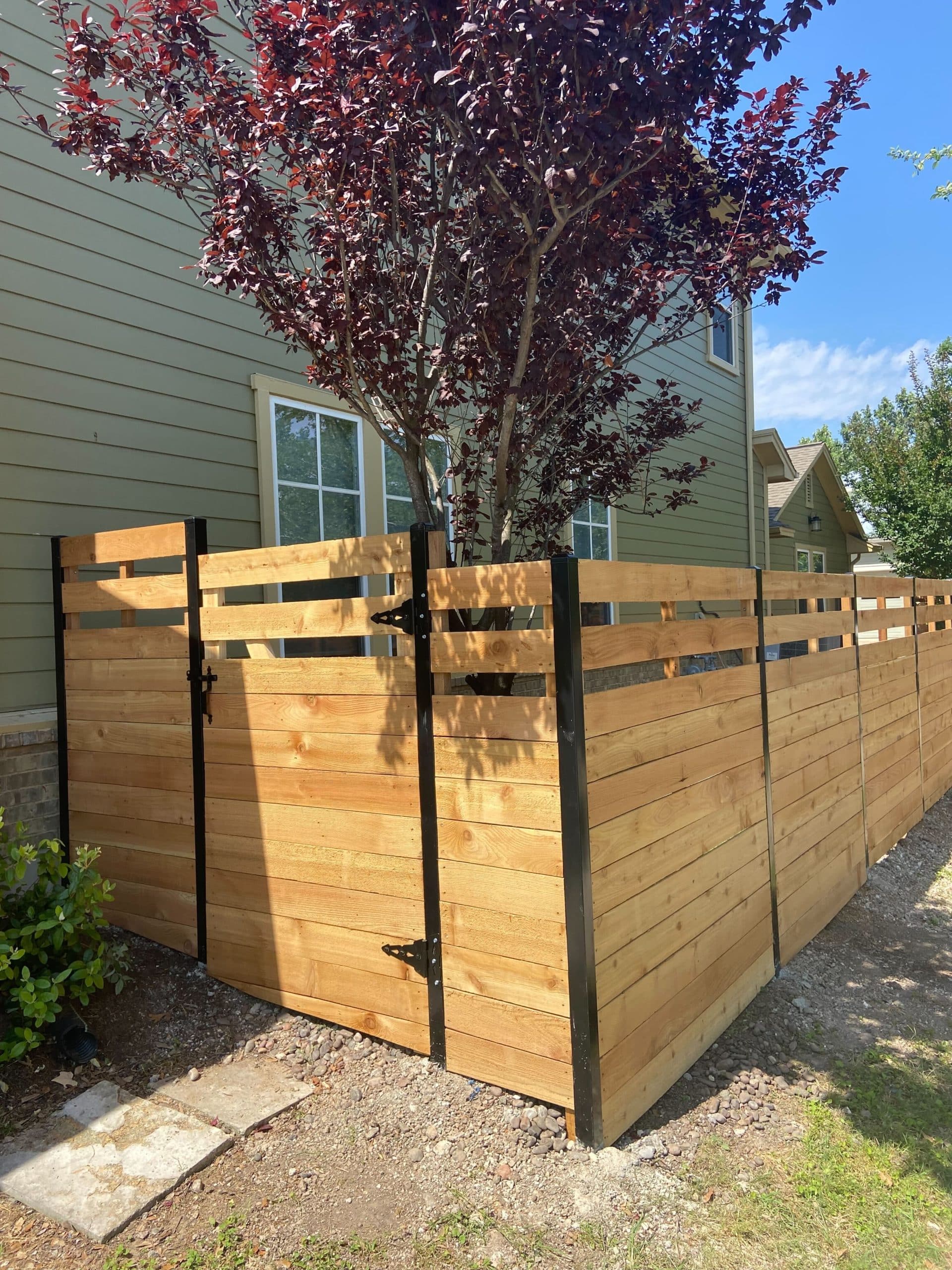All Categories
Featured
What Types of Secure Fencing Materials Are Offered for Residential and Commercial Projects?

When preparing to set up a fencing, choosing the ideal material is essential for meeting the aesthetic, practical, and budgetary demands of your property. Whether for household or business use, modern-day secure fencing choices provide a selection of options to match specific demands. Below's a comprehensive take a look at the most common fencing products available today.
- Timber Secure fencing. Wood is a timeless selection for house owners seeking beauty and flexibility. It functions well for personal privacy fencings, ornamental styles, and limit noting.
Secret Advantages of Wood Fencing:
Aesthetic Versatility: Can be crafted into various styles, consisting of latticework, board-on-board, and picket designs. Affordable: Deals affordability for several tasks, especially smaller sized residential ones. Personalized: Easily painted or tarnished to match a home's exterior. Downsides: Requires routine maintenance, such as sealing and discoloring, to secure versus weathering and insects.
- Vinyl Secure fencing. Plastic fencing has actually expanded in appeal as a result of its streamlined look and very little upkeep demands. It's a great choice for both household and business rooms.
Advantages:
Sturdy and Long-Lasting: Vinyl withstands weather damage, pests, and fading. Easy Maintenance: A fast clean with soap and water maintains it looking pristine. Trendy Alternatives: Can be found in numerous shades and textures, some mimicking all-natural timber. Considerations: The initial expense is greater, but the long-term cost savings on maintenance can make it a sensible financial investment.
- Chain-Link Fencing. Chain-link fencing is a sensible solution for safeguarding large locations, frequently used in industrial, commercial, and recreational buildings.
Benefits:
Cost: One of the most economical fencing options. Longevity: Withstands tear and put on, also in difficult atmospheres. Exposure: Supplies a clear line of vision while maintaining safety and security. Downsides: Limited visual allure and privacy unless combined with slats or vegetation.
- Light weight aluminum Secure fencing. Aluminum supplies an advanced look without jeopardizing on durability. It's especially preferred for decorative or safety objectives.
Secret Includes:
Rust-Free: Suitable for humid environments or swimming pool rooms. Reduced Upkeep: Requires minimal upkeep compared to iron or wood. Sophisticated Look: Often made use of to simulate wrought iron without the large price tag. Considerations: Not as strong as steel, making it much less ideal for high-security demands.
- Wrought Iron Secure Fencing. Recognized for its ageless style and resilience, functioned iron is a preferred for upscale buildings.

Advantages:
Strength and Safety And Security: Difficult to flex or break, making it ideal for high-security applications. Personalized Styles: Can be shaped into elaborate patterns for a special look. Longevity: With correct upkeep, functioned iron can last for years. Downsides: Calls for routine upkeep to stop rust and is among the much more costly secure fencing choices.
- Composite Secure fencing. Compound fencings combine wood fibers and plastic for a long lasting, environment-friendly option.
Benefits:
Eco-friendly: Usually made from recycled materials. Low Upkeep: Immune to rot, parasites, and bending. Natural Look: Imitates the look of wood without the maintenance. Disadvantages: Greater ahead of time expense compared to traditional timber fencing.
- Bamboo Secure fencing. Bamboo is a fashionable and sustainable option, specifically for houses looking for a natural visual.
Benefits:
Eco-Friendly: Bamboo is eco-friendly and naturally degradable. Special Look: Includes a exotic or Zen-inspired touch. Cost-efficient: Typically less costly than woods. Drawbacks: Less durable in extreme environments or against prolonged exposure to dampness.
- Steel Secure fencing. Steel fencing supplies exceptional toughness, making it a best option for commercial and commercial requirements.
Features:
Durable Stamina: Takes care of considerable influences and climate challenges. Customizable Surfaces: Powder layer improves its appearance and durability. Safety: Suitable for locations calling for boosted protection. Factors to consider: Higher cost and weight make it less suitable for small-scale projects.
- Masonry or Rock Fence. For buildings seeking a very resilient and irreversible stone, masonry or option fencing is a costs option.
Advantages:
Ultimate Longevity: Withstands rough climate and lasts for years. Soundproofing: Blocks sound, making it suitable for city areas. High-end Aesthetic: Provides a high end appearance that matches high-end homes. Downsides: High installment costs and restricted adaptability in style changes.
How to Choose the Right Product. When choosing a fence material, take into consideration the following elements:
Purpose: Do you require safety and security, personal privacy, or decorative charm? Budget plan: Some products, like timber and chain-link, are cost-efficient, while functioned iron and stone come with a costs. Maintenance: Products like plastic and aluminum are less complicated to keep, while timber and functioned iron need normal treatment. Environment: Some materials, such as bamboo or unattended wood, are much less appropriate for rough weather. Conclusion. Fencing materials today use a wide selection of options to suit different budgets, features, and designs. Whether you prioritize toughness, visual appeals, or eco-friendliness, there's a material that will certainly fit your demands. By collaborating with a professional fence professional, you can explore these choices in-depth and guarantee a remarkable installation for your property or industrial task.
Latest Posts
Enhancing Your Building with Washington Fencing Co.'s Wood Fence
Published Apr 19, 25
1 min read
Style and Efficiency Combined
Published Apr 19, 25
1 min read
Constructed on Quality, Driven by Solution
Published Apr 19, 25
1 min read